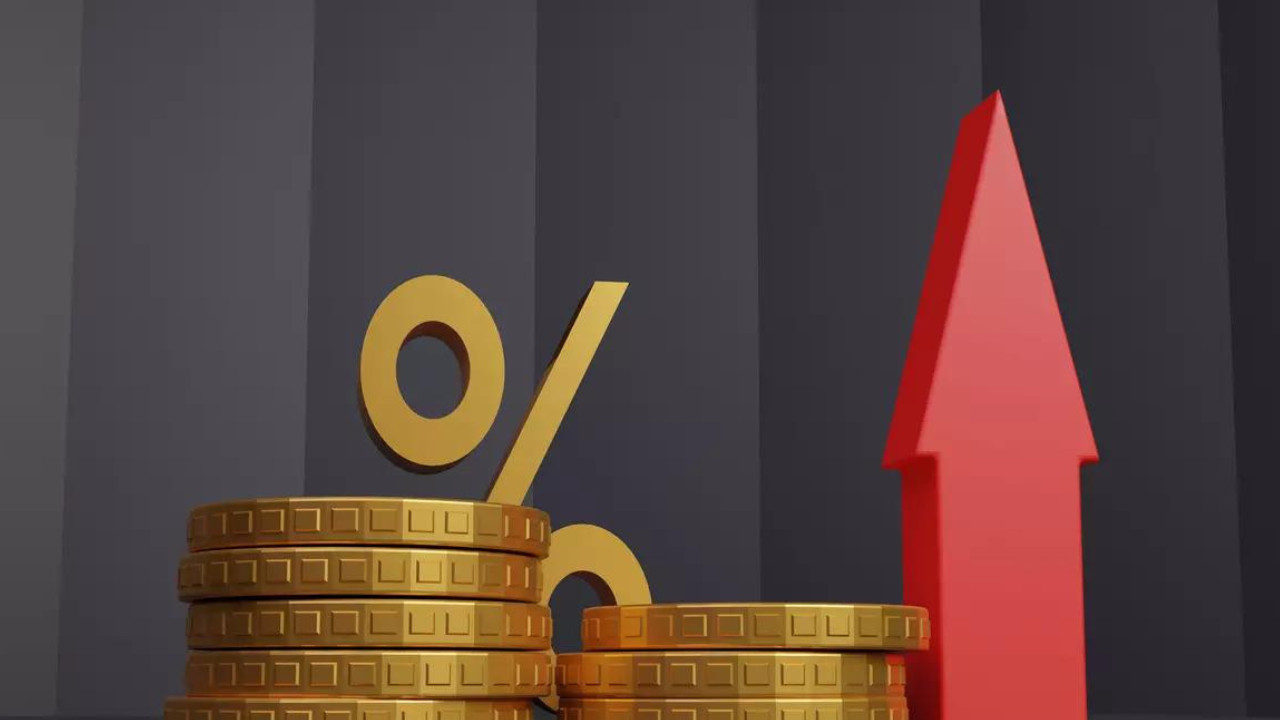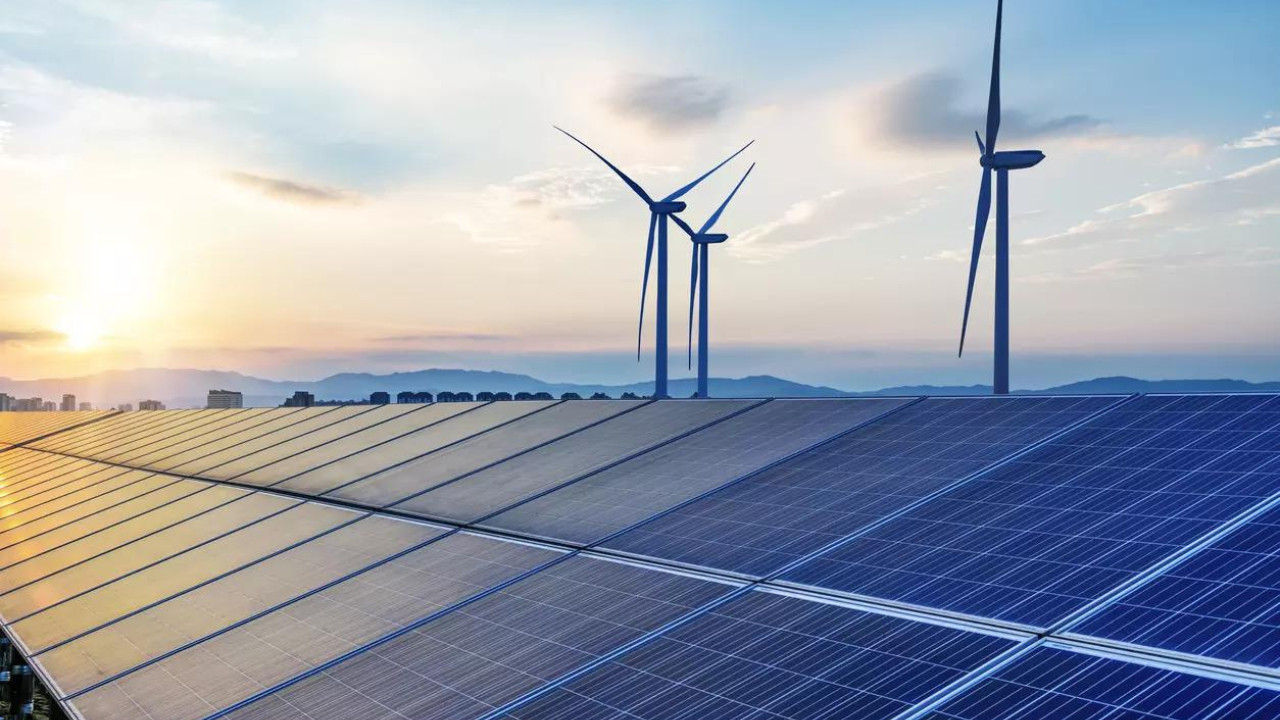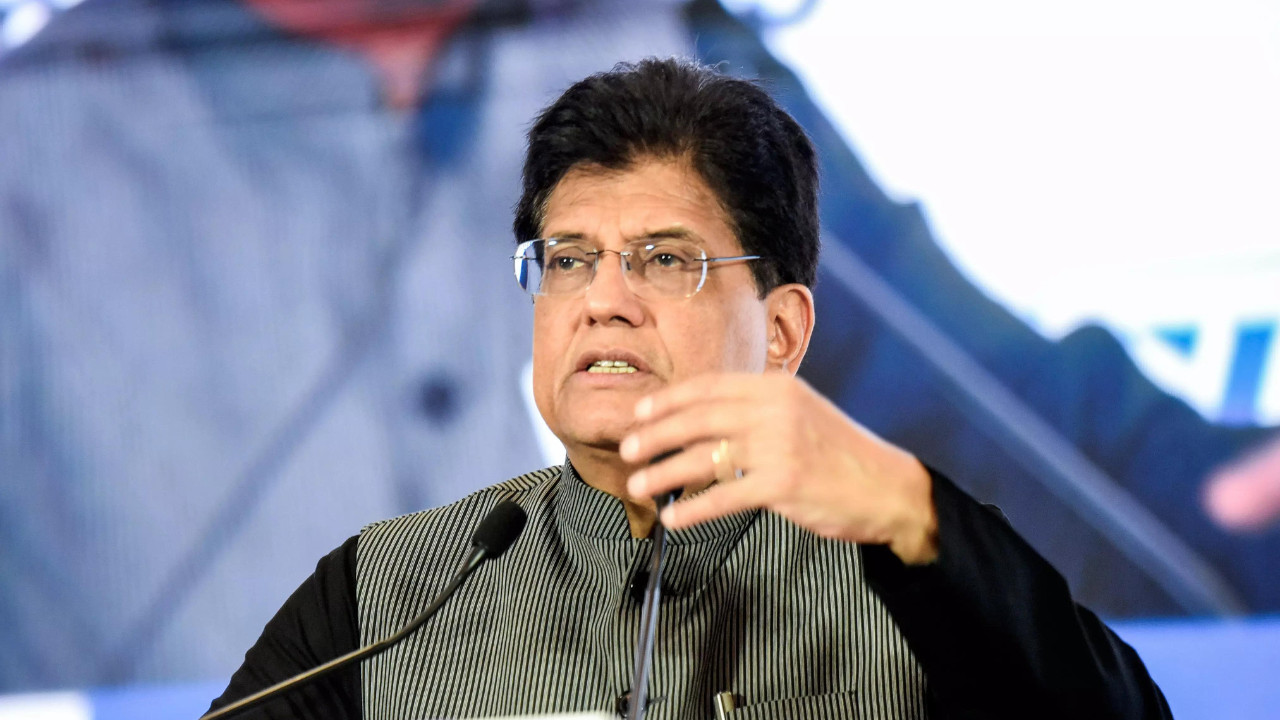The Centre’s fiscal deficit reached 36.5% of its full-year target by the end of the first half of FY26, a notable increase from 29% in the previous year. This gap, representing the difference between expenditure and receipts, amounted to Rs 5.73 lakh crore. Total receipts for the period stood at Rs 16.95 lakh crore, covering 49.6% of the annual budget.
India’s Fiscal Tightrope: Navigating Deficit and Revenue Realities
India’s economic narrative is always unfolding, a captivating story of growth, challenges, and strategic decisions. Recent fiscal data paints a fascinating picture of where the nation stands, revealing a complex interplay between government spending, revenue generation, and the ever-present goal of maintaining a healthy fiscal balance. The latest numbers indicate that the central government’s fiscal deficit has reached 36.5% of the full fiscal year (FY26) target. It’s a figure that prompts deeper analysis, moving beyond the headlines to understand the underlying dynamics.
This percentage reflects the gap between what the government spends and what it earns. Think of it like running a household – if you spend more than you bring in, you create a deficit. For a nation, managing this deficit is crucial for long-term economic stability and investor confidence. A runaway deficit can lead to inflation, higher borrowing costs, and even a potential economic crisis.
So, what’s driving this figure? One crucial piece of the puzzle is government expenditure. Investments in infrastructure projects, social welfare programs, and defense contribute significantly to the overall spending. These investments, while vital for national development and citizen well-being, inevitably impact the fiscal deficit. Balancing these crucial needs with fiscal prudence is a constant challenge.
However, there’s a brighter side to the story. The government’s tax revenue collection has shown promising progress, reaching nearly half of the budgeted estimate for the year. This signals robust economic activity and improved tax compliance. Increased Goods and Services Tax (GST) collections, reflecting thriving consumption and business transactions, play a significant role. Direct tax revenues, boosted by corporate profitability and individual income growth, also contribute positively to the overall tax kitty.

Unpacking the Numbers: Factors at Play
Several factors influence the fiscal deficit. Global economic conditions, for instance, can significantly impact India’s export performance and foreign investment inflows, directly affecting government revenue. Domestically, factors like monsoon patterns (affecting agricultural output), industrial production, and consumer sentiment also play vital roles. Furthermore, government policies, such as tax reforms and spending initiatives, can directly influence both revenue and expenditure.
The government’s commitment to infrastructure development is a key driver of expenditure. Projects like the Bharatmala Pariyojana (highway development) and Sagarmala Programme (port-led development) require substantial investments, which impact the fiscal deficit in the short term but promise long-term economic benefits.
Government Strategies for Fiscal Deficit Management
The government employs a multi-pronged approach to manage the fiscal deficit. One strategy is to boost revenue through improved tax administration, widening the tax base, and plugging loopholes. Streamlining government spending, prioritizing essential projects, and improving efficiency in public sector undertakings are also critical.
Another important tool is disinvestment – selling off stakes in public sector enterprises. This not only generates revenue but also promotes efficiency and competitiveness. The government’s asset monetization program, which aims to unlock value from underutilized public assets, is another avenue for raising funds and reducing the fiscal burden. Prudent borrowing strategies, focused on diversifying funding sources and managing debt maturities, are also essential for maintaining fiscal stability.
Furthermore, the government’s focus on promoting domestic manufacturing through initiatives like “Make in India” and Production Linked Incentive (PLI) schemes aims to boost economic growth, generate employment, and increase tax revenue in the long run. These strategic interventions are designed to strengthen the foundation of the Indian economy and ensure sustainable fiscal health. For instance, India’s burgeoning digital infrastructure plays a critical role in its economic narrative, a trend explored in more detail in [related content on digital transformation](internal-link).
Navigating the Future: A Path to Fiscal Consolidation
The journey towards fiscal consolidation is an ongoing process. The government is committed to gradually reducing the fiscal deficit to a sustainable level, as outlined in the fiscal roadmap. This requires a delicate balancing act – stimulating economic growth while controlling expenditure and maximizing revenue.
The Indian economy is at a crucial juncture. Prudent fiscal management is essential for maintaining macroeconomic stability, attracting investment, and ensuring sustainable and inclusive growth. By carefully navigating the complex interplay of revenue, expenditure, and strategic policy interventions, India can continue on its path towards becoming a global economic powerhouse. The path forward involves vigilance, adaptability, and a steadfast commitment to fiscal responsibility, paving the way for a stronger and more resilient Indian economy.







